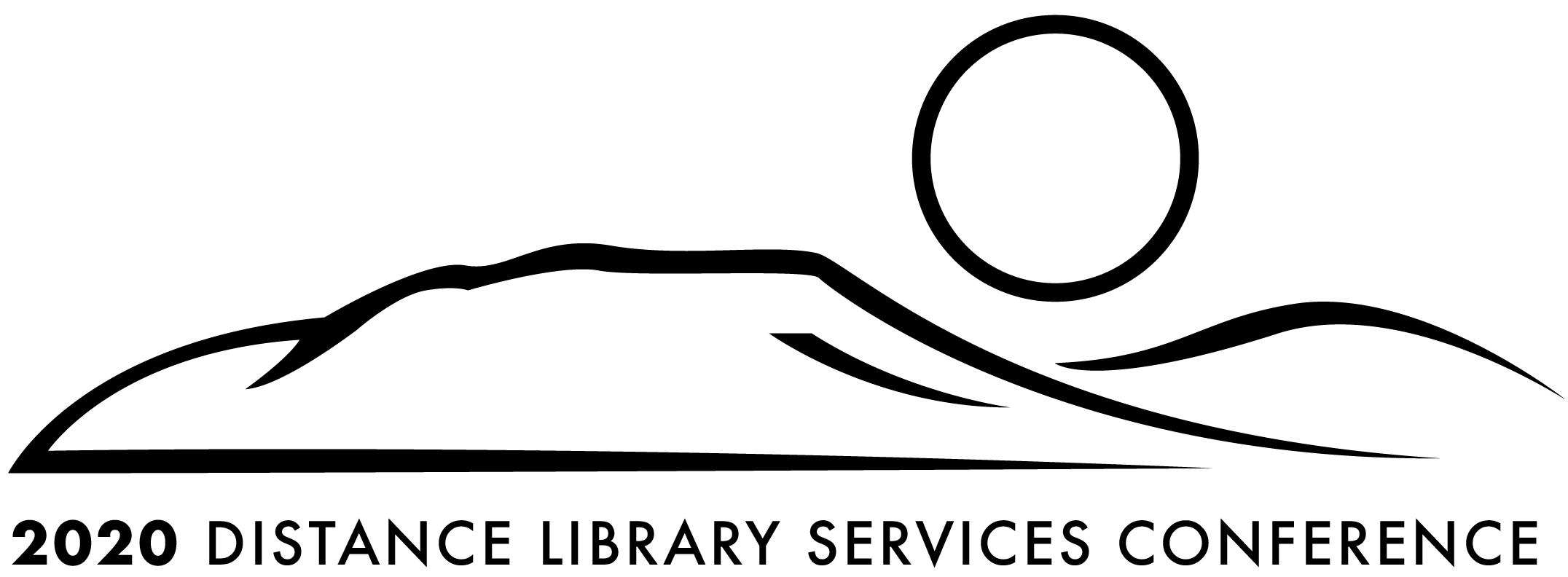When Meeting the Standards is an "Act of Vision": Providing Library Services to Students Who Are Incarcerated
Session Format
In-person Full Paper Presentation
Conference Tracks
Outreach, Services, and Programs
Short Description
When you hear, "distance library services," what do you picture? International students, perhaps? Online learners in their comfy clothes? Maybe a live chat interface. I wonder how many academic librarians might picture an incarcerated person? In the United States, with the largest number of people in jails and prisons worldwide, and recent bipartisan interest in higher education in prison initiatives, this unique learner and researcher type may become more prominent. In this session, we will endeavor to think critically about the role and obligations of the academic librarian in the tension of the academic correctional environment.
Long Description
The ACRL Distance Learning Library Services standards compel us to equitably meet “information and research needs of all constituents, wherever they may be.” The “Access Entitlement Principle” as stated in the Executive Summary of the Standards is direct: “All students, faculty members, administrators, staff members, or any other members of an institution of higher education are entitled to the library services and resources of that institution, including direct communication with the appropriate library personnel, regardless of where they are physically located in relation to the campus; where they attend class in relation to the institution’s main campus; or the modality by which they take courses.” (Emphasis mine.) As an academic librarian and library director working at a university with several cohorts of students who are incarcerated, I have wrestled with the best ways to meet these concrete and direct standards in the shapeshifting and messy world of correctional institutions. Thanks to this work, I have felt the joy of learning as much or more as I impart, of the privilege of witnessing peer learning in action, and of teaching a room of fully engaged learners. I have also experienced intense frustration, bureaucratic roadblocks, and weighty cognitive dissonance about my involvement in the criminal justice system. In this session, we will define primary service challenges for this population. We will also think critically about larger issues surrounding working with students on the inside, and we will discuss some common elements of providing research help and information literacy instruction to one of the most marginalized and distant student groups in the United States.
Learning Objectives
Attendees will describe the primary challenges associated with providing academic library services to students who are incarcerated in order to understand how directly the Distance Library Services Standards apply to this population.
Attendees will examine their personal and institutional stances toward the intersection of mass incarceration and higher education in the United States in order to explore the profession's role voice or lack of voice concerning this population.
Attendees will analyze the value of the elements of reciprocity, cognitive dissonance, peer learning theory, and inquiry based instruction in the carceral setting in order to create dialogue among academic librarians who work in this environment.
When Meeting the Standards is an "Act of Vision": Providing Library Services to Students Who Are Incarcerated
The ACRL Distance Learning Library Services standards compel us to equitably meet “information and research needs of all constituents, wherever they may be.” The “Access Entitlement Principle” as stated in the Executive Summary of the Standards is direct: “All students, faculty members, administrators, staff members, or any other members of an institution of higher education are entitled to the library services and resources of that institution, including direct communication with the appropriate library personnel, regardless of where they are physically located in relation to the campus; where they attend class in relation to the institution’s main campus; or the modality by which they take courses.” (Emphasis mine.) As an academic librarian and library director working at a university with several cohorts of students who are incarcerated, I have wrestled with the best ways to meet these concrete and direct standards in the shapeshifting and messy world of correctional institutions. Thanks to this work, I have felt the joy of learning as much or more as I impart, of the privilege of witnessing peer learning in action, and of teaching a room of fully engaged learners. I have also experienced intense frustration, bureaucratic roadblocks, and weighty cognitive dissonance about my involvement in the criminal justice system. In this session, we will define primary service challenges for this population. We will also think critically about larger issues surrounding working with students on the inside, and we will discuss some common elements of providing research help and information literacy instruction to one of the most marginalized and distant student groups in the United States.



Comments
For Interaction Strategies, I'm considering using a preconception check toward the beginning of the presentation.